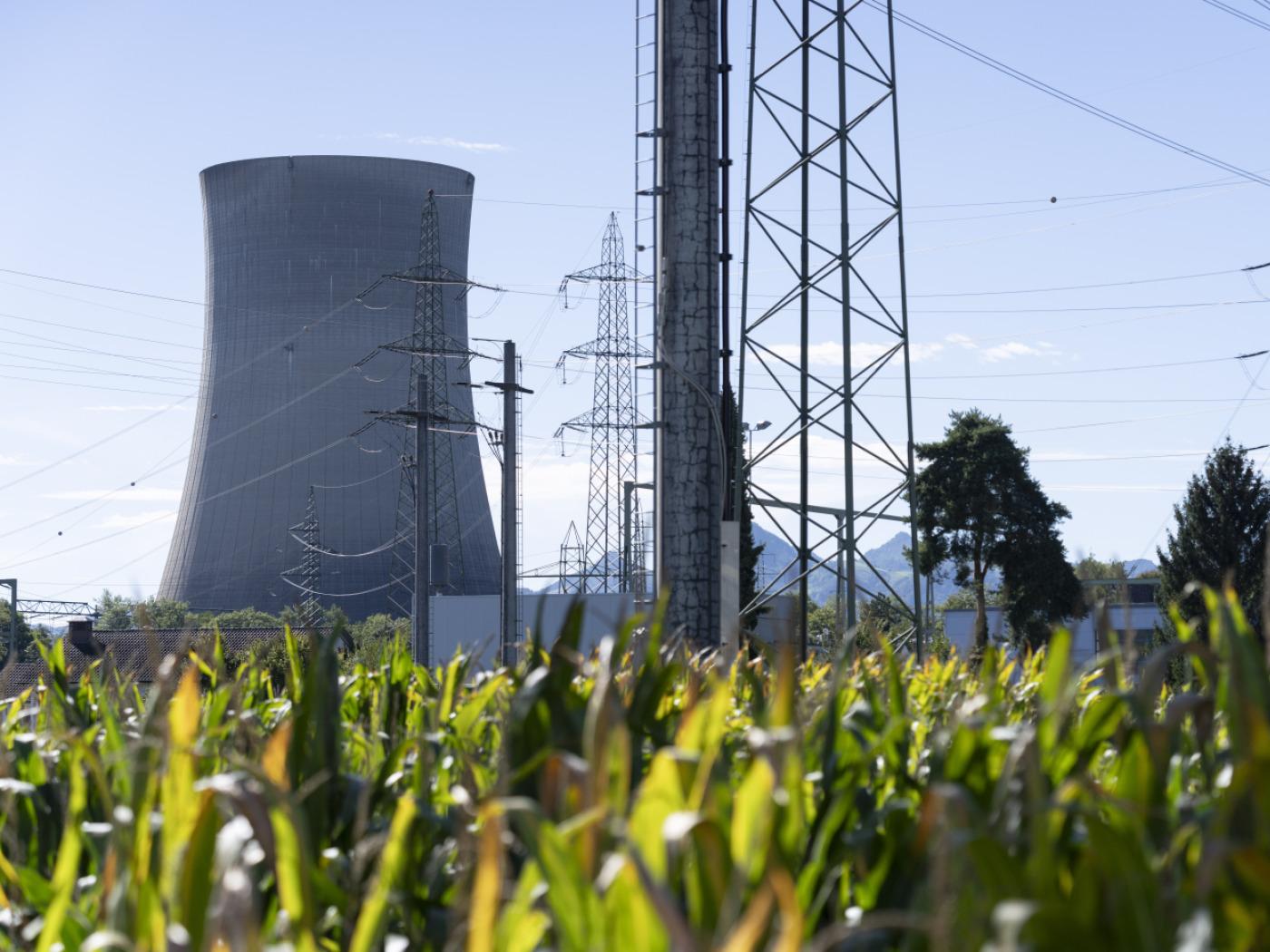Listen to the audio version of this article here.
Here at Monetary Metals we love providing investors with A Yield on Gold, Paid in Gold®. So when we heard that German artist Niclas Castello designed a 186 kilogram pure 24-karat gold cube called the “Castello Cube” as an art installation in the middle of Central Park we couldn’t help but start doing a little math on Mr. Castello’s art piece.
How Much is the Gold Cube Worth?
Most people when they see the gold cube immediately want to know how much it’s worth in dollars. So they look up the dollar price of gold and multiply it by how many ounces (or grams) are in the cube. That’s fine. We get it. But we have a different approach. Because we pay interest on gold and silver, what something is worth is a function of how much it will produce. In other words, how much will it yield? You see, that gold cube represents gold capital. And capital is designed to produce a yield. This is why we prefer to focus on yield purchasing power, among other things.
Anyway, we want to show what Mr. Castello can do with the piece if he ever chooses to go from artist to investor. He has been pretty quiet on what he plans to do with the cube now that his exhibition is over. Here’s hoping he sees this article!

Picture by Sandra Mika
If Mr. Castello wanted to earn interest on his gold, he could invest it in a Monetary Metals True Gold Lease. Gold leases support productive businesses that use physical gold as inventory or work-in-progress. The investor provides the gold. The lease provides the gold-using company with the inventory they need. That company pays an interest rate to use the gold which gets paid back to the investor.
How Much Could Mr. Castello Earn?
Let’s get down to the brass tacks. The gold was purchased at $1,788 per ounce and it’s valued at about $11.4 million. The 186 kg gold cube is about 5,979 oz of gold. Monetary Metals true gold leases have historically paid between 2% and 4.5% annually to investors. Let’s use 2.5% for our example.
With an interest rate of 2.5% the gold cube could earn 149.475 ounces per year totaling around $300,000 at a gold price just over $2,000/oz. That’s enough to comfortably live on for most people. Or it’s enough to buy Mr. Castello’s piece called “Birth of Money” which, being the money nerds that we are, we’re quite fond of.
Of course, Mr. Castello need not spend his gold interest if he doesn’t have to. He could reinvest it in another lease or a Monetary Metals gold bond and gain the benefit of compounding his interest in gold, on gold.
Make Money In Your Sleep
One of the great things about earning interest on your gold capital is that it keeps working for you, even when you stop working! Day in and day out, night in and night out, your gold is producing more gold for you, even while you sleep. That’s the power of productive capital.
Mr. Castello put in 4,500 hours of work on the Castello Cube project (around half a year). He could be earning interest on his gold cube while he works on his other projects, or deciding what type of geometric precious metal art installation he wants to do next (psst..we like silver too!).
If Mr. Castello is as visionary in his investing strategies as he is with his artwork, he will appreciate what his gold is really worth.
Mr. Castello and you could level up your gold by treating it not just like an ordinary commodity, or as an art installation, but as a yield-generating capital asset. Check out our Monetary Metals Lease opportunities today.
Make sure to subscribe to our YouTube Channel to check out all our Media Appearances, Podcast Episodes and more!
Additional Resources for Earning Interest on Gold
If you’d like to learn more about how to earn interest on gold with Monetary Metals, check out the following resources:
In this paper we look at how conventional gold holdings stack up to Monetary Metals Investments, which offer a Yield on Gold, Paid in Gold®. We compare retail coins, vault storage, the popular ETF – GLD, and mining stocks against Monetary Metals’ True Gold Leases.
The Case for Gold Yield in Investment Portfolios
Adding gold to a diversified portfolio of assets reduces volatility and increases returns. But how much and what about the ongoing costs? What changes when gold pays a yield? This paper answers those questions using data going back to 1972.
Full story here Are you the author? Previous post See more for Next postTags: Blog,Featured,newsletter








































